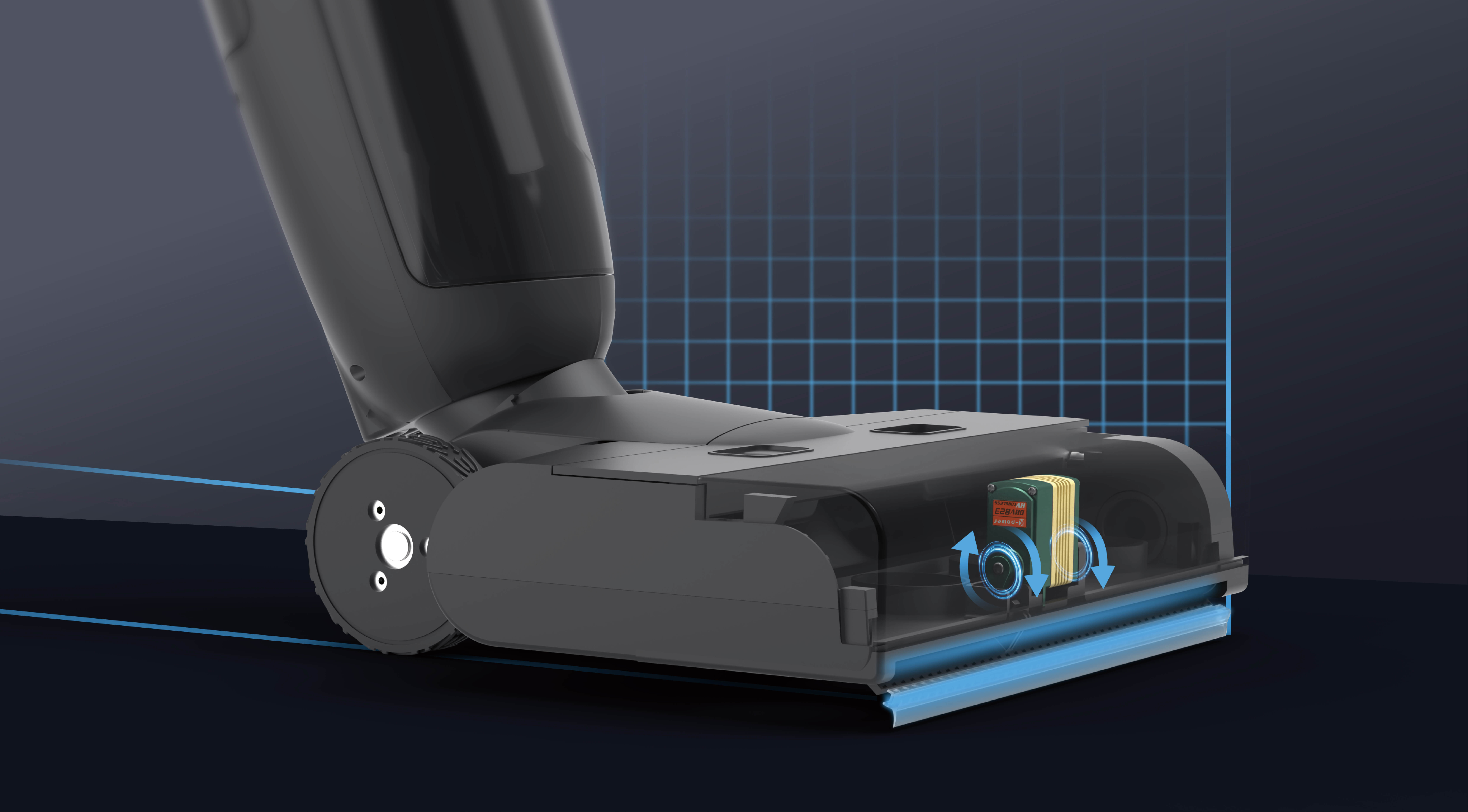Unveiling the Power Behind the Movement: An Introduction to Arduino Servo Motors
Imagine a world where your ideas—be it a robot arm, an automated camera, or a smart home gadget—move precisely according to your vision. Primitive motors and complex gear systems once made this impossible for hobbyists and budding engineers alike. Today, thanks to the evolution of microcontrollers like Arduino and specialized components such as servo motors, turning concepts into real, practical devices has never been easier or more rewarding.

At the heart of many robotics and automation projects lies a simple yet vital component: the servo motor. Unlike basic DC motors that spin continuously, servo motors are designed with built-in control circuitry to achieve precise positional control. This makes them perfect for applications where accuracy and repeatability are paramount, such as robotic arms, camera gimbals, animatronics, and even art installations.
What is an Arduino Servo Motor? An Arduino servo motor is a compact, lightweight device that receives signals from an Arduino microcontroller to rotate to a specific angle. It is generally a small, sealed unit comprising a DC motor, a gear train, a potentiometer (which acts as a position sensor), and a control circuit. Together, these allow you to command the motor to turn to a desired position within a range of up to 180 degrees — although some high-torque or specialized servos can rotate beyond that limit.
The beauty of servo motors lies in their simplicity and precision. With just a few wires—power, ground, and signal—you can control the exact position of a servo’s output shaft. The core technique involves varying the pulse width of a PWM (Pulse Width Modulation) signal sent from the Arduino to the servo. This PWM signal essentially instructs the servo how far to move. A typical hobby servo expects a pulse every 20 milliseconds, with the pulse width (usually from 1 to 2 milliseconds) indicating the position: roughly 0 to 180 degrees.
Why Choose an Arduino for Controlling Servo Motors? Arduino has become a favorite among hobbyists, educators, and professionals because of its accessibility, user-friendly programming environment, and a vast online community. It simplifies interfacing with hardware components—like servo motors—through dedicated libraries and straightforward code. The Arduino Servo library, in particular, abstracts much of the complexity, allowing you to control multiple servos with just a few lines of code.
Moreover, Arduino's versatility means you can incorporate sensors, switches, and wireless modules to create interactive and autonomous systems. For example, with a few sensors and some programming, your robot can look around, avoid obstacles, or follow a path—all orchestrated via precise servo movements.
Getting Started: The Essential Components To embark on your servo-driven project, you'll need some essential items:
Arduino microcontroller: Arduino Uno, Nano, Mega, or any compatible board. Servo motors: Standard hobby servos like the SG90 or MG996R are popular choices for beginners and advanced projects alike. Power supply: While small servos often run off the Arduino's 5V pin, larger or multiple servos will require a separate power source to prevent voltage dips. Connecting wires and breadboard: For prototyping and testing your circuits. Optional sensors and actuators: Ultrasonic sensors, limit switches, or potentiometers to add interactivity.
The Practicality of Arduino Servo Motors One of the major appeals of servo motors is their straightforward control. Unlike complex stepper motors or BLDC motors that require extensive driver circuits, a standard hobby servo can be controlled with simple PWM signals. This ease of use has democratized robotics—anyone with an Arduino and a servo can bring a mechanical idea to life.
For instance, throw together an automatic plant watering system that opens and closes a valve using a servo, or a simple robotic arm that can pick up and place objects. Artists use servo motors to make kinetic sculptures, and educators leverage them in classrooms to demonstrate concepts of control systems, feedback loops, and programming.
Understanding the Mechanics Inside The inner workings of a servo motor involve a small DC motor coupled with gear trains that amplify torque and decrease speed. The gear train ensures the motor's high-speed rotation translates into precise, slower movement suitable for positioning tasks. The built-in potentiometer acts as a feedback mechanism: it always tells the control circuit the current position of the shaft, allowing the servo to adjust its movement dynamically until it reaches the target angle.
Safety and Best Practices While servo motors are relatively foolproof, it’s wise to adhere to some best practices:
Always supply the servo with the recommended voltage and current. Over-voltage can damage the motor or the control circuitry. Avoid stalling the servo at a position for prolonged periods, especially if it’s a high-torque model—this can overheat the motor. Use separate power supplies for multiple servos to prevent voltage drops that can cause erratic behavior. Implement limit switches or software limits to prevent the servo from moving beyond its physical range, avoiding mechanical damage.
The Creative Edge: Projects and Possibilities Once you've grasped the basics, the real fun begins. You can develop a robotic arm that types or crafts art, an automated camera slider, or a gesture-controlled device. For instance, combining a servo with a sensor and some clever programming, you could create an interactive exhibit that reacts to motion or sound, or design a musical instrument that adjusts its pitch or rhythm via servo movement.
The combination of Arduino and servo motors is virtually limitless, restricted only by your imagination. The community support is immense, offering tutorials, code snippets, and troubleshooting advice—helping you scale from simple experiments to intricate, automated systems.
In the upcoming part, we will delve into advanced control techniques, wiring intricacies, troubleshooting tips, and inspiring real-world projects that exemplify the dynamism of Arduino servo motors.
Leveraging innovations in modular drive technology, Kpower integrates high-performance motors, precision reducers, and multi-protocol control systems to provide efficient and customized smart drive system solutions.




































